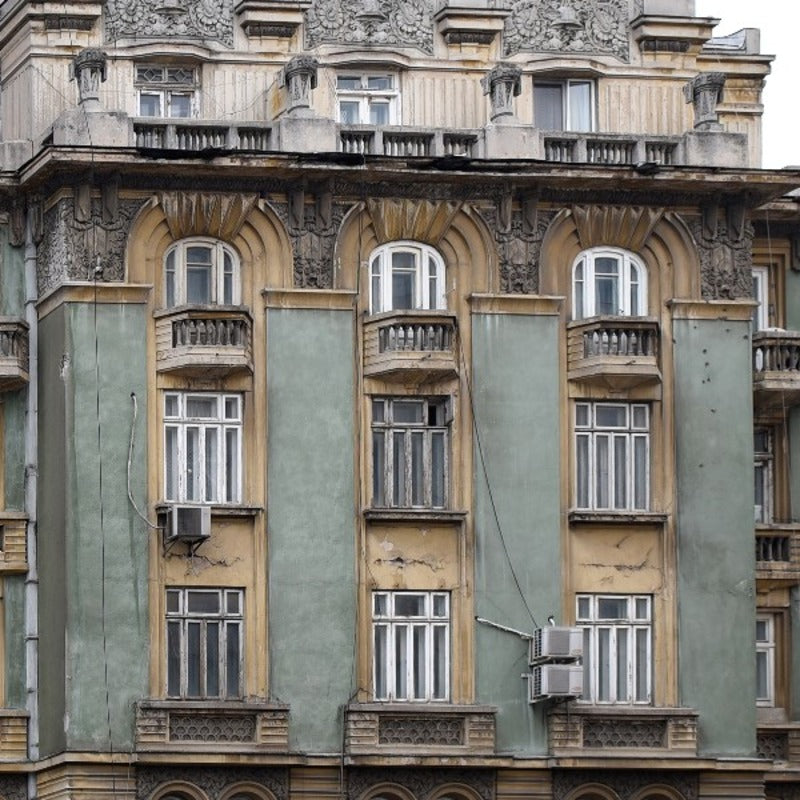In recent years, there has been an increasing concern about radiation levels in buildings, particularly in older structures. Understanding the presence of radiation is crucial for ensuring building safety and maintaining the health of occupants. This article will examine the relationship between building age and radiation levels, shedding light on the potential risks associated with older buildings.
Understanding Radiation Sources in Buildings
Radiation can be categorized into two main types: ionizing radiation, which has enough energy to remove tightly bound electrons from atoms, and non-ionizing radiation, which does not have sufficient energy to cause ionization. Common sources of radiation in buildings include environmental radiation from soil and air, as well as radioactive contamination from materials used in construction.
Historically, building materials and construction practices have evolved significantly. For instance, older buildings often utilized materials that may have contained naturally occurring radioactive elements, leading to higher radiation exposure levels. Understanding these sources is vital for assessing potential risks in older structures.
Building Age and Radiation Levels
The building age plays a significant role in determining radiation levels. Older buildings may have been constructed with materials that contain radioactive elements, such as certain types of concrete, brick, and insulation. These materials were commonly used before modern regulations restricted their use.
Research and case studies have shown a correlation between building age and radiation levels. Historical buildings, particularly those constructed during periods when radioactive materials were more prevalent in construction, are more likely to have elevated radiation levels. Understanding this correlation can help inform safety measures for occupants of older buildings.
Health Impact of Radiation Exposure
Exposure to radiation in buildings can pose various health impacts. Long-term exposure to ionizing radiation can increase the risk of cancer and other serious health conditions. Additionally, RF health concerns arise from non-ionizing radiation, especially in older buildings with outdated wiring and electronic systems.
The importance of contamination testing cannot be overstated. Conducting assessments to identify radiation levels is essential for determining potential health risks and ensuring a safe living environment.
Mitigation Strategies
To address the risks associated with older buildings, specific radon mitigation strategies should be implemented. These can include improving ventilation systems, sealing cracks and openings, and installing radon mitigation systems to reduce indoor radon levels effectively.
In addition to radon, older buildings may benefit from RF shielding solutions to minimize exposure to RF radiation from electronic devices. Options for shielding include specialized paints, window films, and conductive materials that can help protect against harmful radiation.
Environmental monitoring devices, such as the Milerd HiStand, play a crucial role in assessing and managing radiation levels in buildings. Regular monitoring can provide insights into radiation exposure and inform necessary mitigation measures.
Building Safety and Inspection
Regular building inspections are essential for identifying potential radiation hazards. Comprehensive assessments can reveal hidden risks that may not be immediately apparent. Structural safety measures, including updating outdated materials and systems, can significantly reduce exposure to radiation.
Moreover, conducting thorough environmental hazards assessments ensures that all potential risks, including radiation, are addressed to maintain a safe living and working environment.
Conclusion
In summary, older buildings are often more likely to have higher radiation levels due to the materials and construction practices used in their construction. It is vital for building owners and occupants to be aware of these risks and take proactive measures to mitigate them.
Consider investing in radiation assessments for older buildings to ensure safety. Utilizing radiation detection solutions like the Milerd HiStand geiger detector can provide peace of mind and help create a safer environment for everyone.



Lasă un comentariu
Acest site este protejat de hCaptcha și hCaptcha. Se aplică Politica de confidențialitate și Condițiile de furnizare a serviciului.